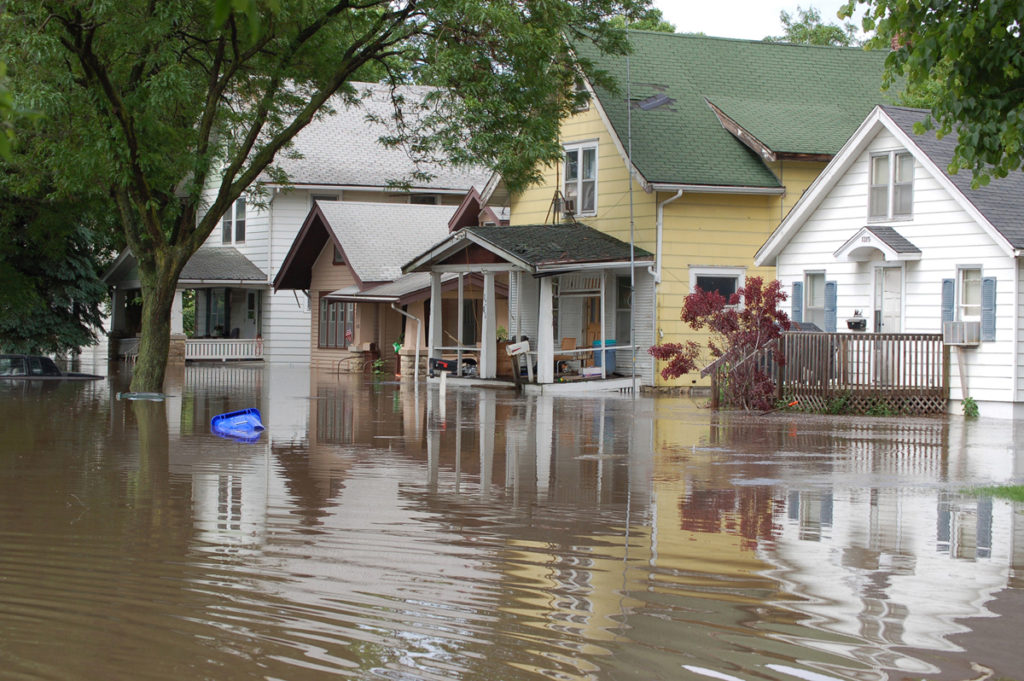
The manifestations of climate change are creating increasingly familiar images: floodwaters rising up house windows, charred buildings in the wake of wildfires, and homes and businesses demolished by storm winds. As these sorts of calamities become ever more common, changes to how houses are built are going to be necessary.
How can homes become more resilient against severe and unpredictable weather?
Research at Carlton University’s Sprott School of Business looks at this issue.
As an example, houses can be framed and finished in certain ways that help protect them from wind and flooding. But such methods are currently only happening in the custom-build fringes of the housing sector. Widespread adoption will require, at the minimum, significant changes to building codes.
Revising building codes is not an easy matter. The codes themselves are highly technical and complex, and beyond that, the process Is often politicized.
Even simple things like hurricane ties, which are small pieces of hardware that prevent a roof from lifting during a severe wind are not now included in building codes. Insurance companies support their use as inexpensive protection for houses. But even though the overall cost is relatively minor, the building industry pushes back at the additional expense.
The need to reduce carbon emissions has created a push for sustainable housing. But the increasingly erratic weather means that houses also need resilience and adaptation. These features will inevitably add costs and incorporating them into building codes requires producing convincing business cases.
The U.S. experienced 394 natural catastrophe events last year costing $225 billion in damage. Finding ways to make homes and businesses more resilient is not just a good idea; it is essential.
**********
Web Links
How to Start Weather-Proofing Homes for Unpredictable Weather
Photo, posted June 12, 2008, courtesy of U.S. Geological Survey via Flickr.
Earth Wise is a production of WAMC Northeast Public Radio.
Leave a Reply